Writing in the journal Sustainability, a team of researchers has investigated the recovery of ammonium and phosphate from biogas slurry, taking a multivariate statistical approach to the research question. Authors from China and Pakistan have contributed to the research.
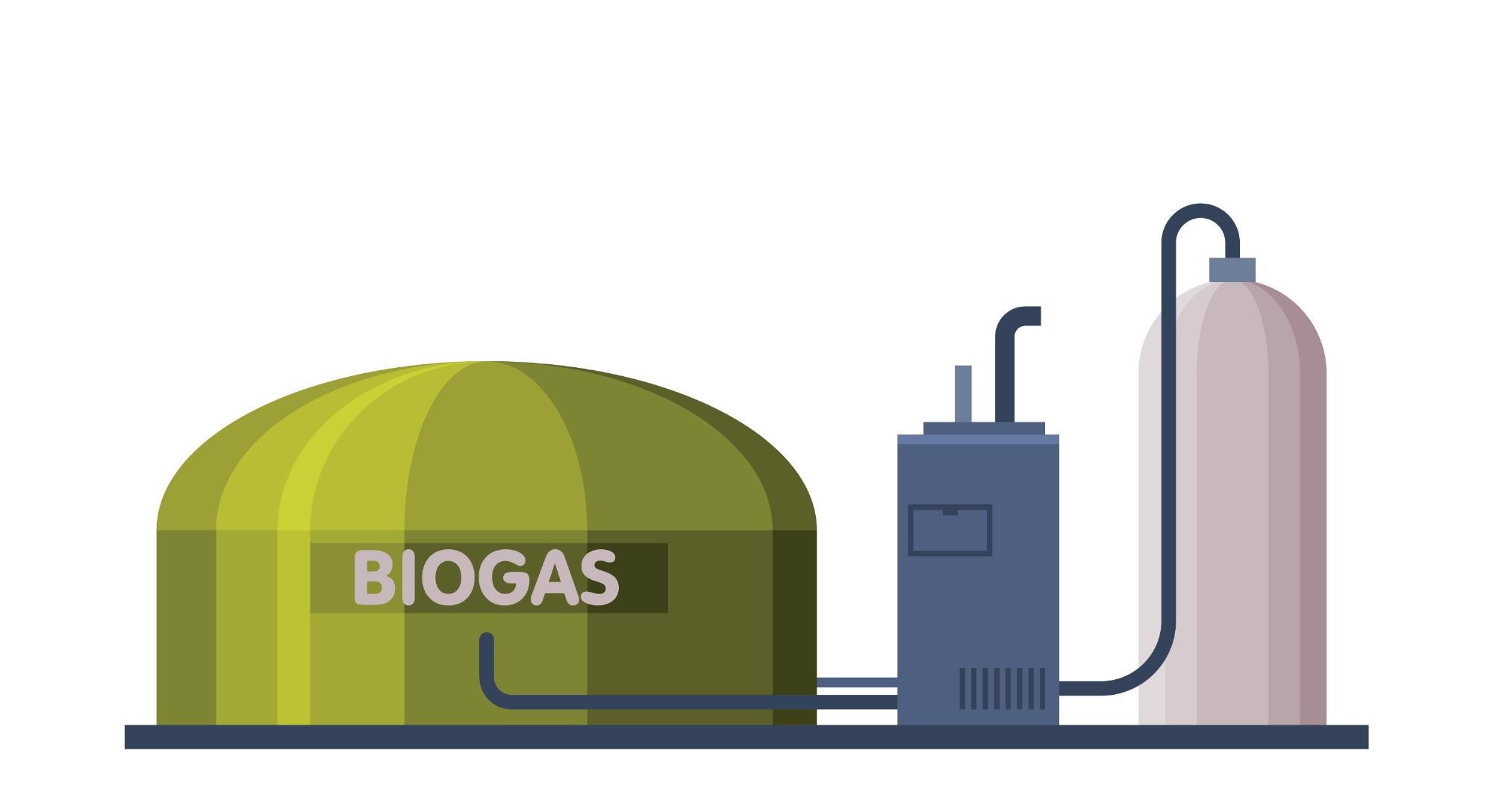
Study: Ammonium and Phosphate Recovery from Biogas Slurry: Multivariate Statistical Analysis Approach. Image Credit: NotionPic/Shutterstock.com
Recovering Nutrients from Livestock Slurry
Farming and animal husbandry has grown at an exponential rate over the past century to meet the demands of a growing world population. Today, vast industrialized farms are a common feature of many countries across the world. This growth has facilitated the need for biogas refineries to convert agricultural waste into value-added materials such as biogas slurry for use in fertilizers.
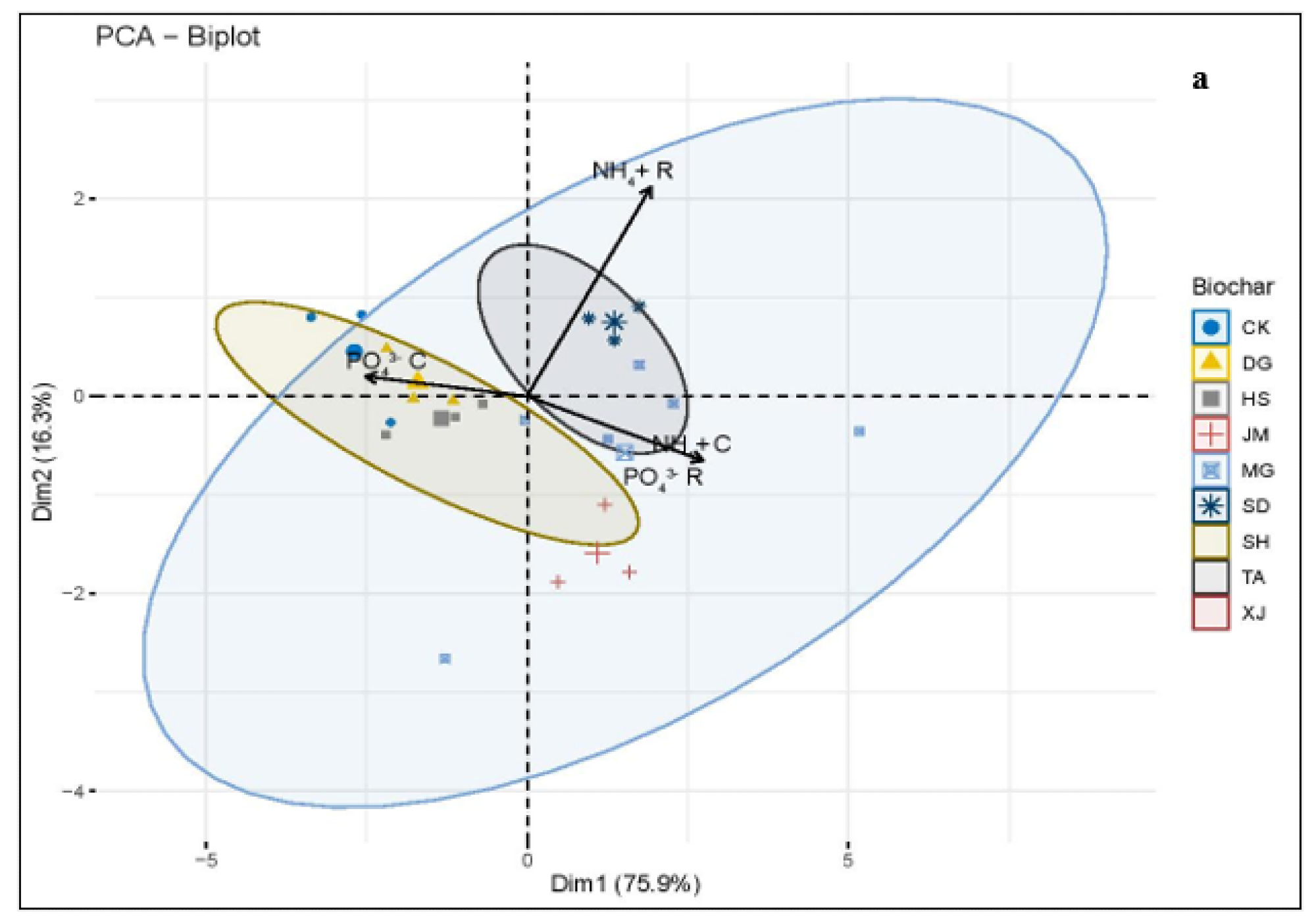
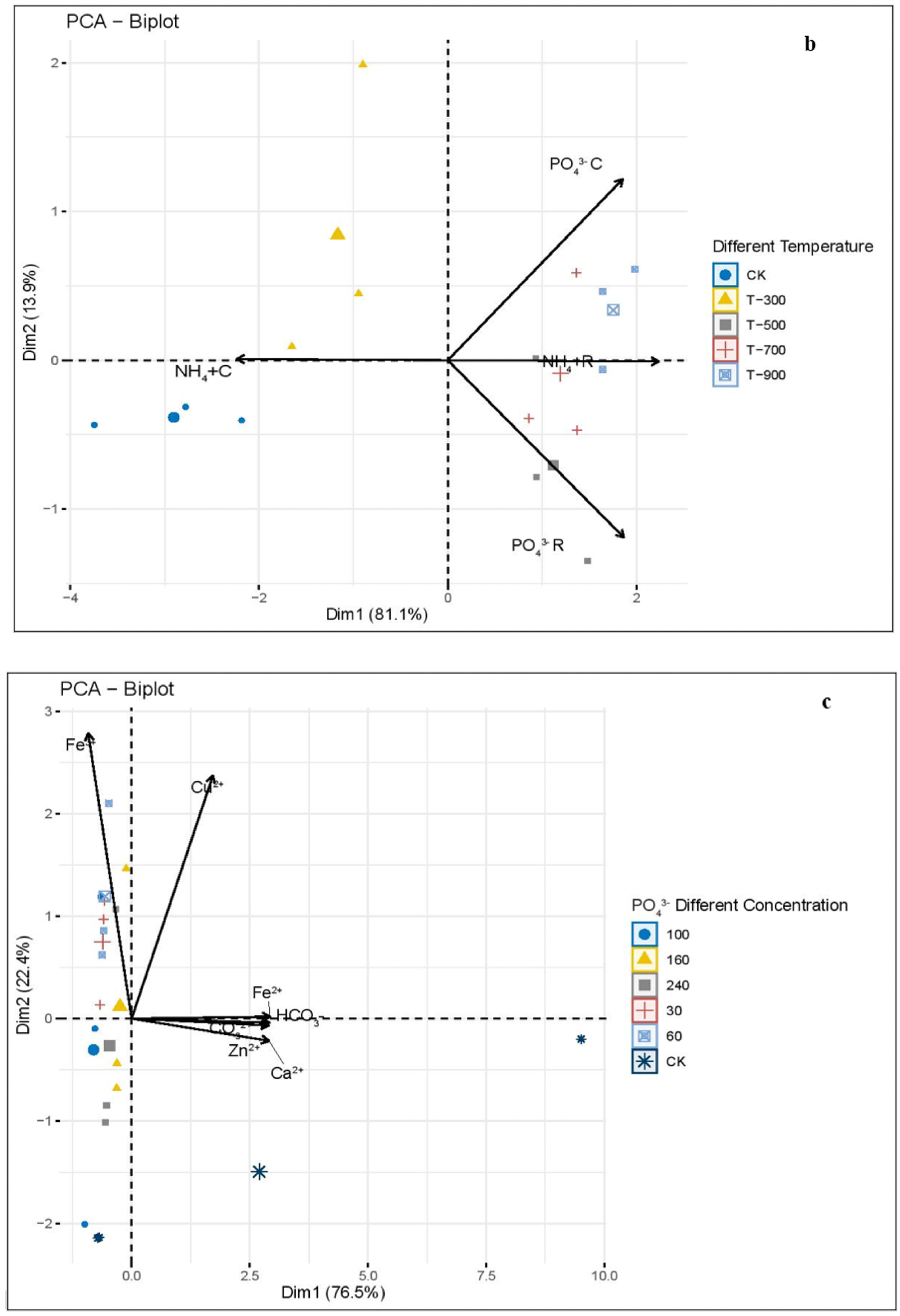
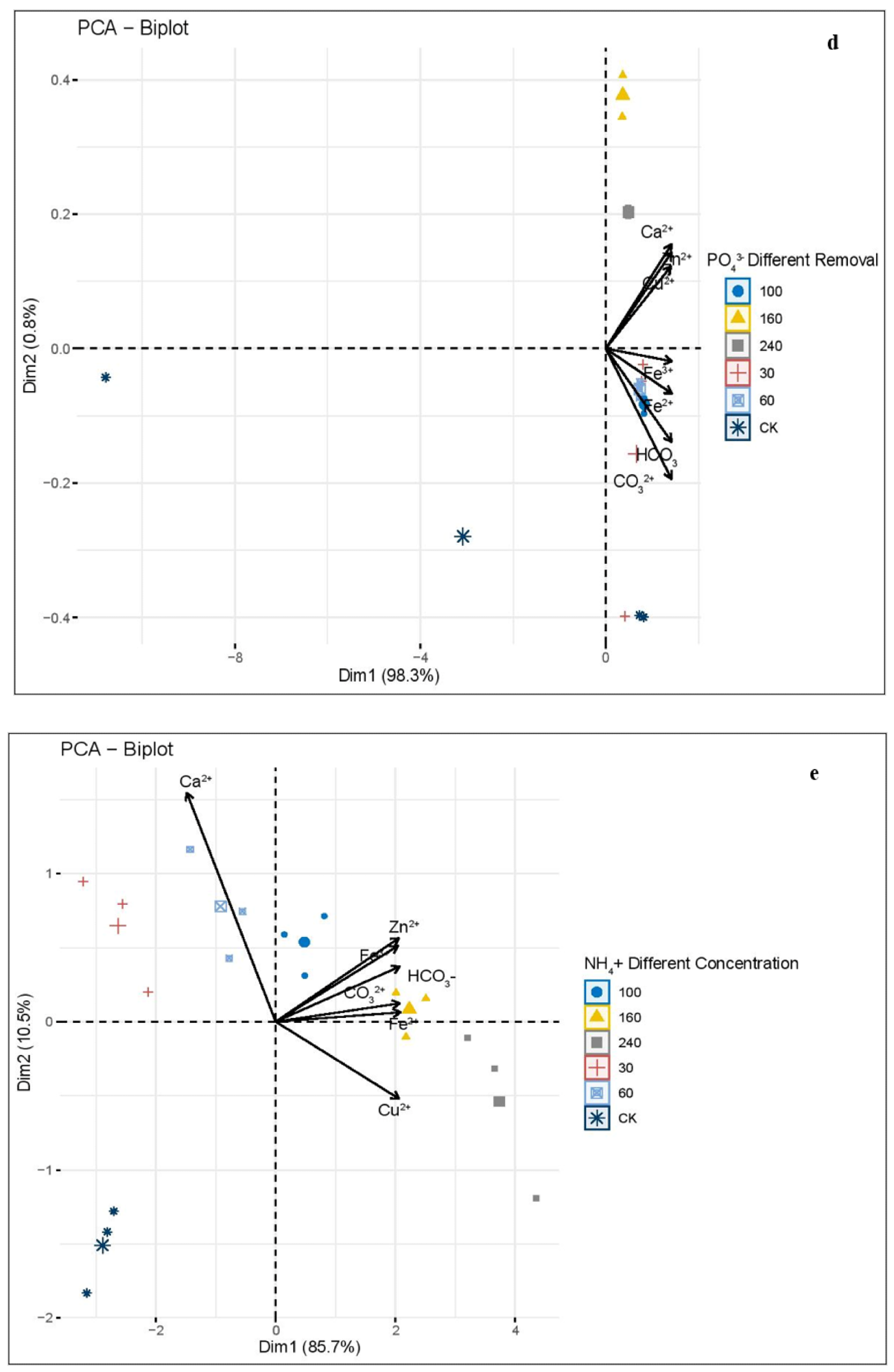
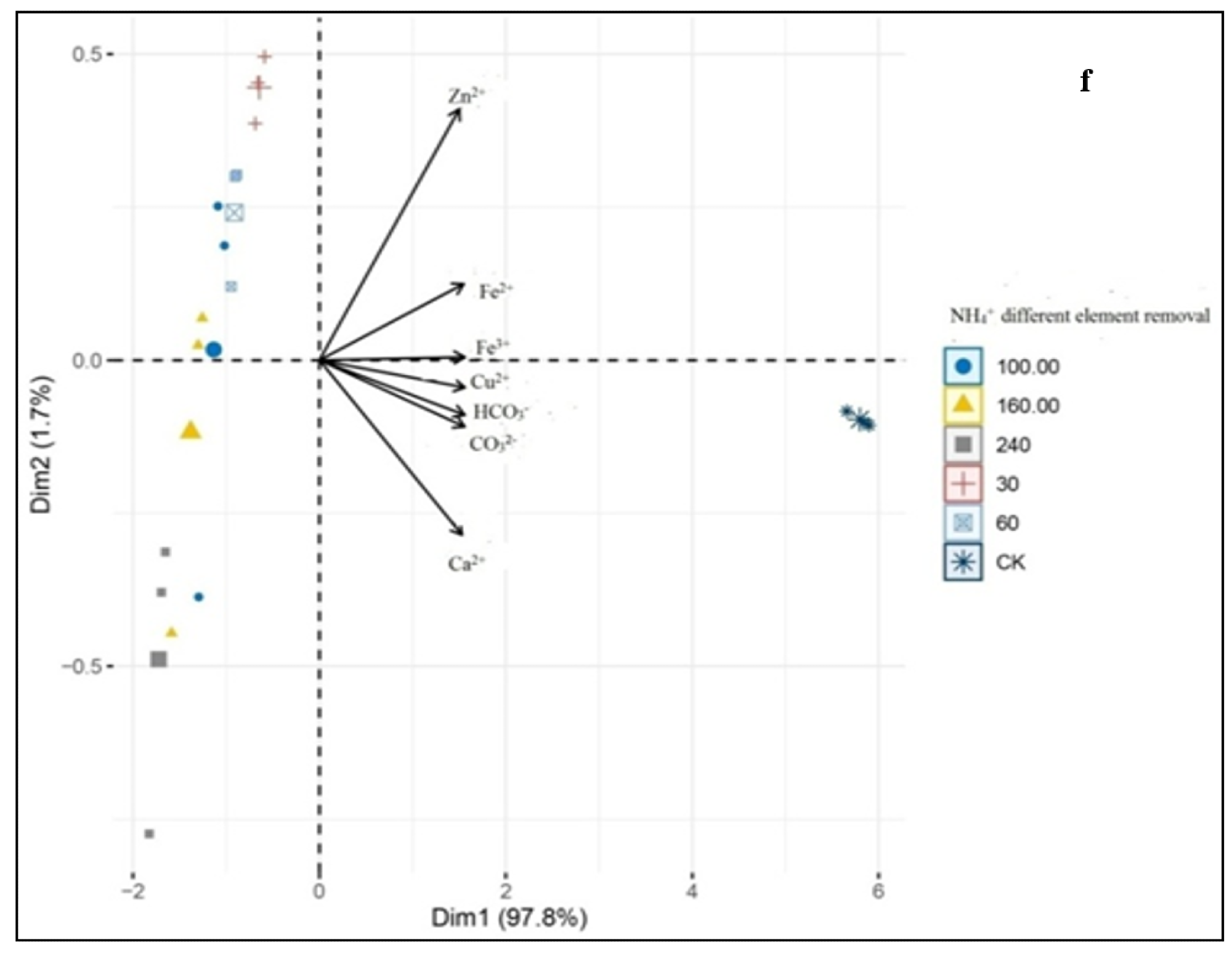
(a) Principal component analysis (PCA) of phosphate and ammonium concentration, and the removal effect of different biochars; (b) phosphate and ammonium concentration, and the removal effect of different pyrolysis temperatures; (c) phosphate different element concentration; (d) phosphate different removal; (e) ammonium different element concentration; (f) ammonium different element removal. Image Credit: Sustainability
This organic material is suited to this purpose due to the high amount of bio-available nutrients, such as potassium, phosphorous, nitrogen, and carbon. However, this organic material possesses insufficient value-added properties, hindering its widespread agricultural use compared to solid fertilizers. Furthermore, excess production of slurry presents environmental concerns such as water and air pollution.
In many countries, slurry handling is a critical issue in the agricultural industry. However, agriculturally important chemicals such as nitrogen and phosphate in slurry can be recovered, providing significant potential for improving the circularity of the agricultural industry. Several techniques can be used for this purpose, including plant uptake, adsorbents, and membrane filtration.
Several processes possess drawbacks, however. For instance, clogging and membrane contamination can occur in membrane filtration methods. Using plants to absorb nutrients requires a large amount of land use due to the poor value-added qualities of slurry. Adsorbents provide a cost-effective, low-energy, and simple alternative. They can remove environmental pollutants and can be used as soil improvers and fertilizers.
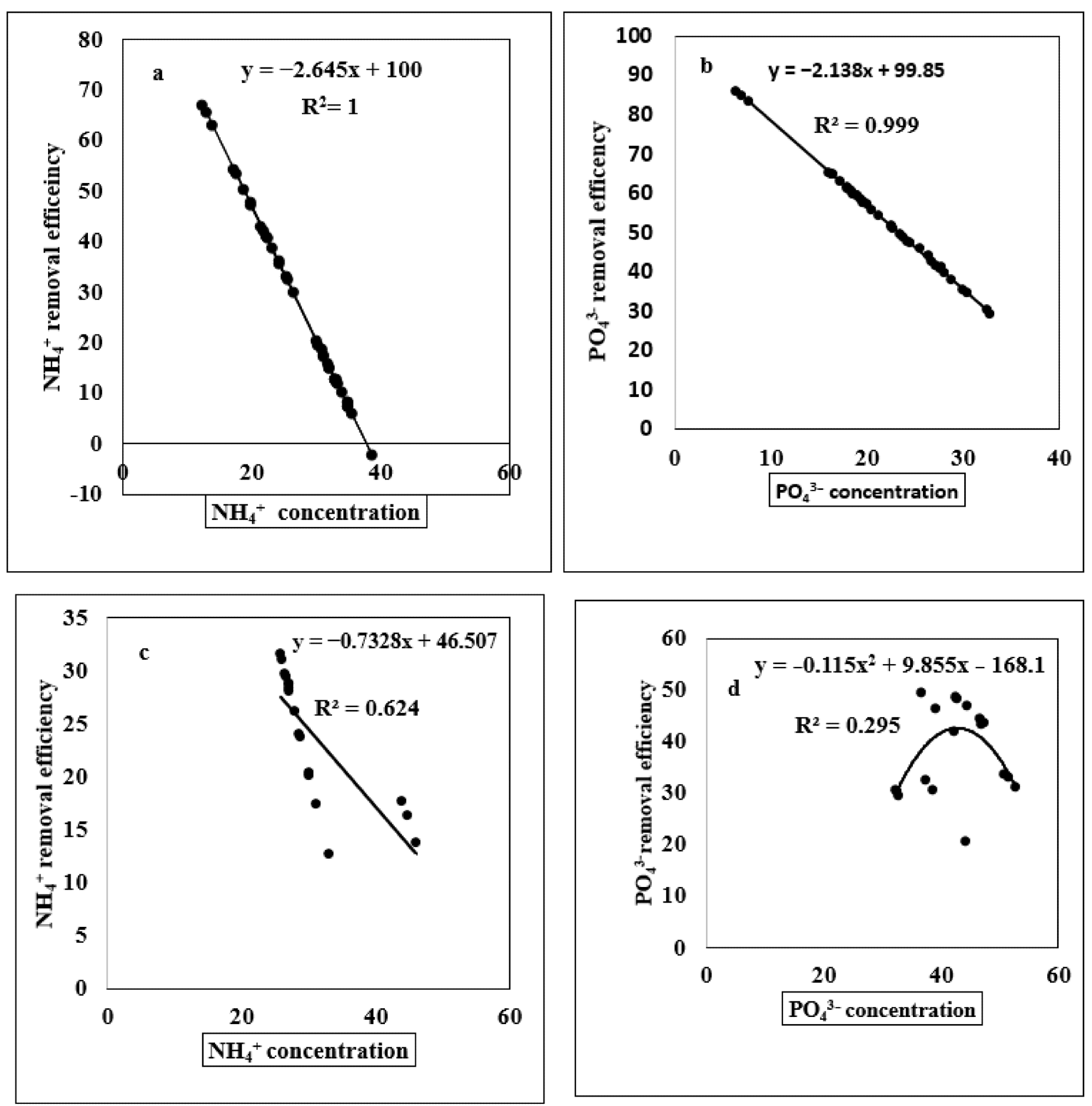
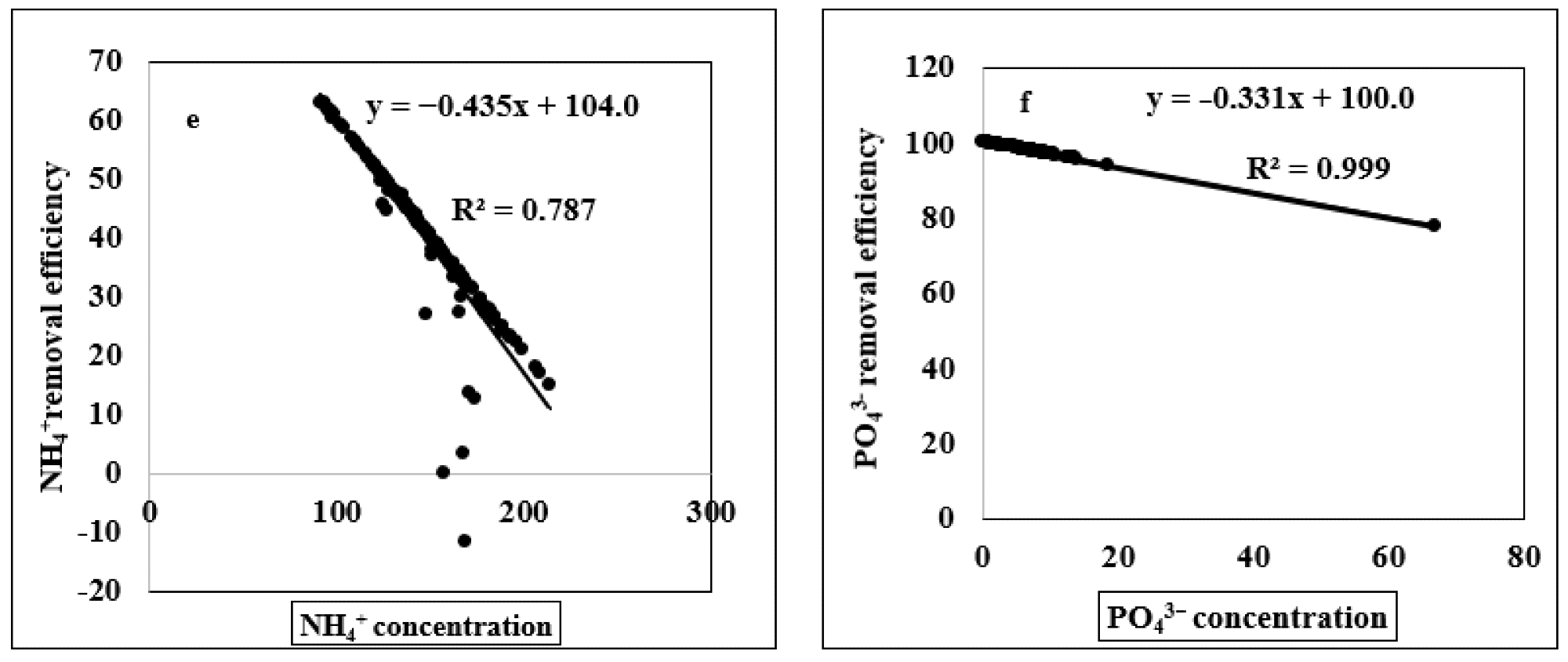
(a) Relationship of ammonium concentration with ammonium removal efficiency under different elemental concentrations, (b) phosphate concentration with phosphate removal efficiency under the biochar effect; (c) ammonium concentration with ammonium removal efficiency under pyrolysis temperature; (d) phosphate concentration with phosphate removal efficiency under pyrolysis temperature; (e) ammonium concentration with ammonium removal efficiency under different elemental concentrations; (f) phosphate concentration with phosphate removal efficiency under different elemental concentrations. The number of replications is (n = 3). Image Credit: Sustainability
Improving the Efficiency of Nutrient Recovery
Struvite contains elevated levels of phosphates and nitrogen and is an effective slow-release fertilizer, meaning that nutrients are available to crops for longer periods of time, requiring less land and fertilizer to provide as many nutrients to plants as conventional fertilizers. Recovering these nutrients from slurry by struvite crystallization is a simple, rapid, and cost-effective strategy.
Biochar is a good adsorbent for recovering nutrients. Pyrolysis of organic material produces a solid material that contains elevated levels of carbon and other nutrients that are present in biomass. Generating biochar biomass contaminated with metal ions can recover phosphates, according to some studies.
Another issue in environmental remediation of agricultural waste is the proliferation of phosphates and nitrogen-containing chemicals such as ammonium from wastewater, where they can cause problems such as pollution and algal blooms. Several techniques have been explored, but the need for an efficient method to remove these contaminants before they cause damage to marine ecosystems is crucial.
Removing these agriculturally important and environmentally critical nutrients from the environment is a key challenge for environmental scientists. Recovering them from slurry and biochar could prove highly beneficial for both the agricultural industry and the field of environmental remediation.
The Study
The paper has made two main hypotheses. Firstly, the authors have hypothesized that recovering ammonium and phosphate from slurry using biochar and struvite co-precipitation could be a viable strategy for removing these contaminants and using them for value-added products. Secondly, they have hypothesized that a multivariate statistical analysis could be suitable for elucidating the correlation between recovered ammonium and phosphate and quality indicators.
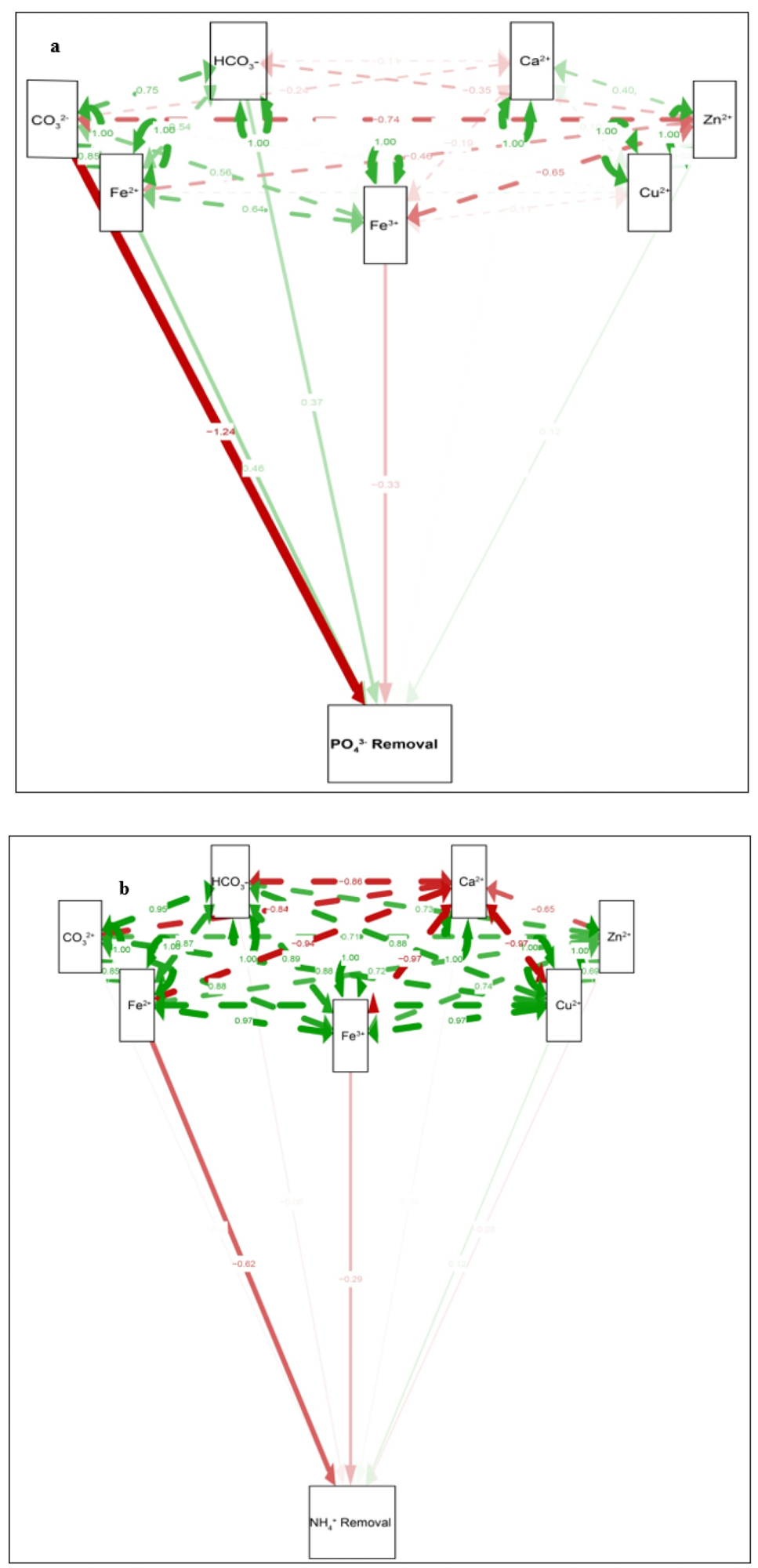
The key route main path of removal: (a) phosphate removal, (b) ammonium removal. Image Credit: Sustainability
In doing so, the authors have stated that it is possible to efficiently use path analysis, regression, principal component, and Pearson correlations to provide accurate information on ammonium and phosphate recovery from slurry. Several inorganic salts were evaluated in the study.
Results of the study indicate that as an adsorbent agent, struvite performs best. Its performance on mushroom soil and rice biochar was evaluated, demonstrating superior recovery of ammonium and phosphate. Ca2+ impact on struvite formation was reduced. A substantial nutrient recovery effect was observed, with 99% of phosphate and 71% of ammonium recovered under optimal conditions.
In respect to multivariate analysis, it was found that a Pearson correlation was largely insignificant in many ionic concentrations evaluated. All the indicators in the combined multivariate analysis had a positive or negative effect upon each other. Moreover, it was discovered that parameters such as pH, temperature, and the concentrations of various chemical components influence ammonium and phosphate recovery.
In summary, this research has helped to uncover the methods which govern the efficient reuse of nutrients in slurry by biochar. Results indicated that mushroom soil and rice biochar could be used as efficient nitrogen and phosphate adsorbents for nutrient recovery and could be used as slow-release fertilizers. Additionally, the authors have stated that the research provides benefits for biogas slurry disposal in rural and urban areas.
Further Reading
Kubar, A.A et al. (2022) Ammonium and Phosphate Recovery from Biogas Slurry: Multivariate Statistical Analysis Approach Sustainability 14(9) 5617 [online] mdpi.com. Available at: https://www.mdpi.com/2071-1050/14/9/5617
Disclaimer: The views expressed here are those of the author expressed in their private capacity and do not necessarily represent the views of AZoM.com Limited T/A AZoNetwork the owner and operator of this website. This disclaimer forms part of the Terms and conditions of use of this website.